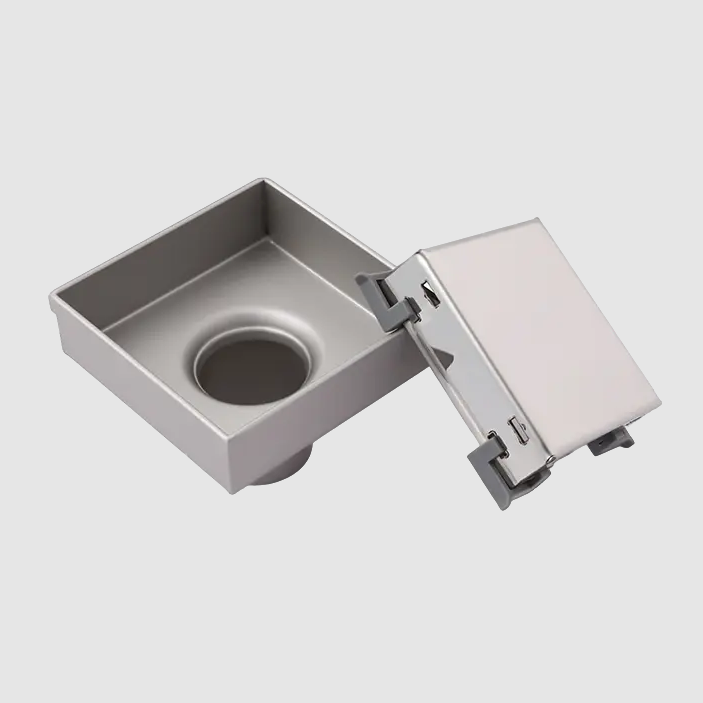From a manufacturer’s perspective, producing steel floor drain grates involves careful attention to material quality, structural design, and long-term functionality. These products play a vital role in managing water flow in both residential and commercial spaces, including basements, parking lots, industrial workshops, and public facilities. The manufacturing process requires balancing durability, ease of installation, and compatibility with various drainage systems.
One of the primary focuses for manufacturers is the selection of suitable steel materials. The chosen steel must offer reliable resistance to corrosion, wear, and environmental factors, as these grates are often exposed to moisture, chemicals, and fluctuating temperatures. Different grades of steel are selected depending on the application, whether for outdoor use, high-traffic areas, or environments with exposure to harsh cleaning agents.
The production process of steel floor drain grates typically involves cutting, shaping, and welding steel into the desired grate pattern. Modern manufacturing facilities use advanced machinery to achieve precise dimensions and consistent quality. Attention to surface finishing is also important, as smooth surfaces help prevent the accumulation of debris and make cleaning easier. Some products receive additional surface treatments, such as galvanizing or powder coating, to improve durability in specific environments.
Design versatility is another area manufacturers consider. Steel floor drain grates come in various patterns, sizes, and load-bearing capacities to suit different projects. Manufacturers develop grate patterns that allow effective water flow while minimizing the risk of clogging from dirt or debris. The load capacity of each grate is carefully calculated to match the demands of its intended setting, whether for pedestrian areas or areas used by vehicles and heavy equipment.
Ease of installation is a further priority. Manufacturers design grates with standard or custom fittings to ensure compatibility with existing drainage systems. This reduces installation time for contractors and helps prevent costly adjustments on-site. Clear product specifications and installation guidelines are typically provided to assist installers in achieving correct placement and secure fitting.
Quality control is essential throughout production. Manufacturers conduct inspections and performance tests on steel floor drain grates to confirm they meet specific standards for strength, corrosion resistance, and drainage efficiency. Consistency in production helps build trust with customers who depend on reliable and durable drainage solutions.
In recent years, environmental considerations have also influenced manufacturing processes. Steel is a recyclable material, and many manufacturers aim to incorporate sustainable practices by reducing waste and improving energy efficiency during production.
Overall, producing steel floor drain grates requires a balanced approach to material selection, precision engineering, product testing, and customer-focused design. Manufacturers continuously refine their processes to meet the evolving needs of various industries and installation environments.
